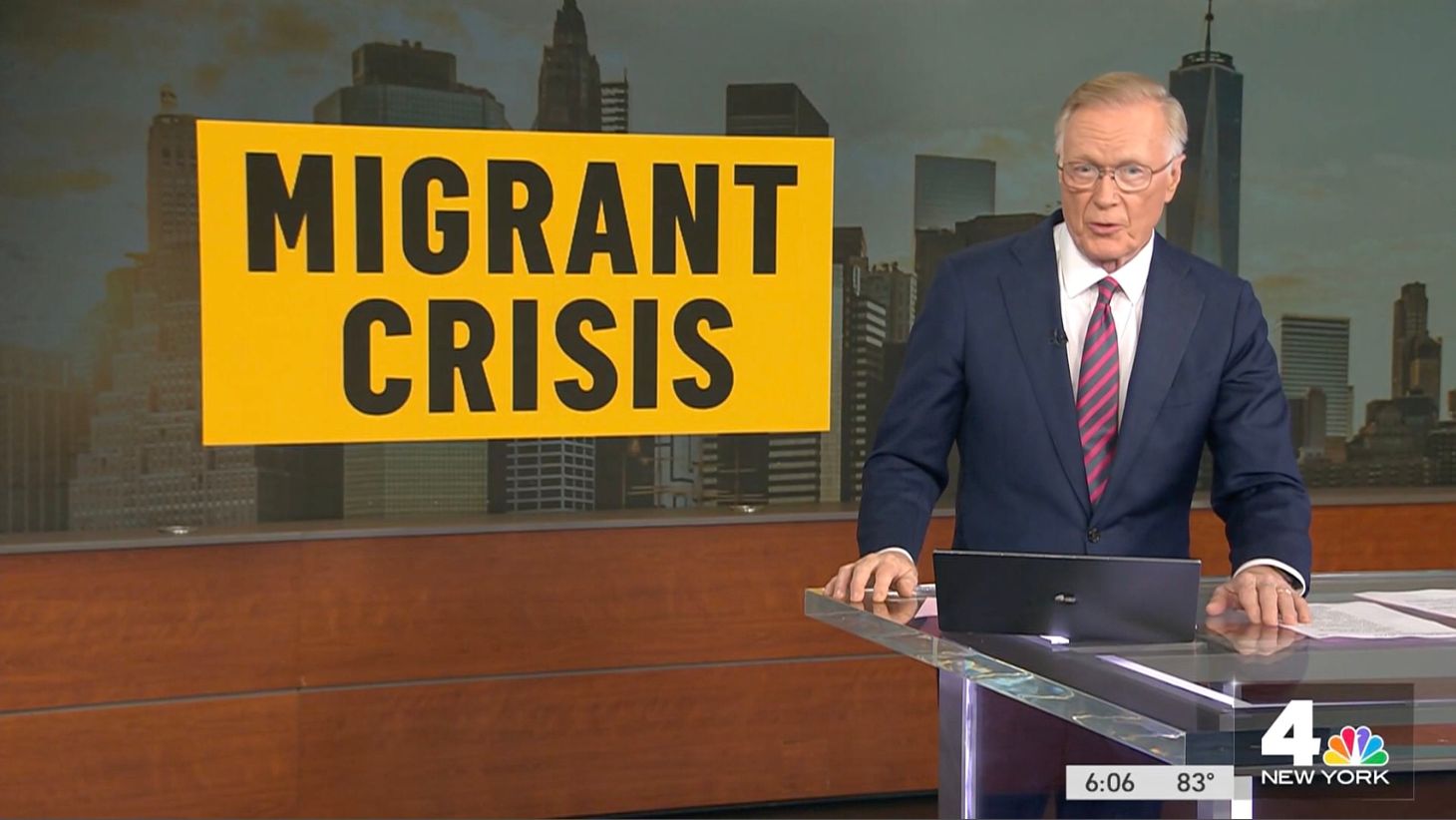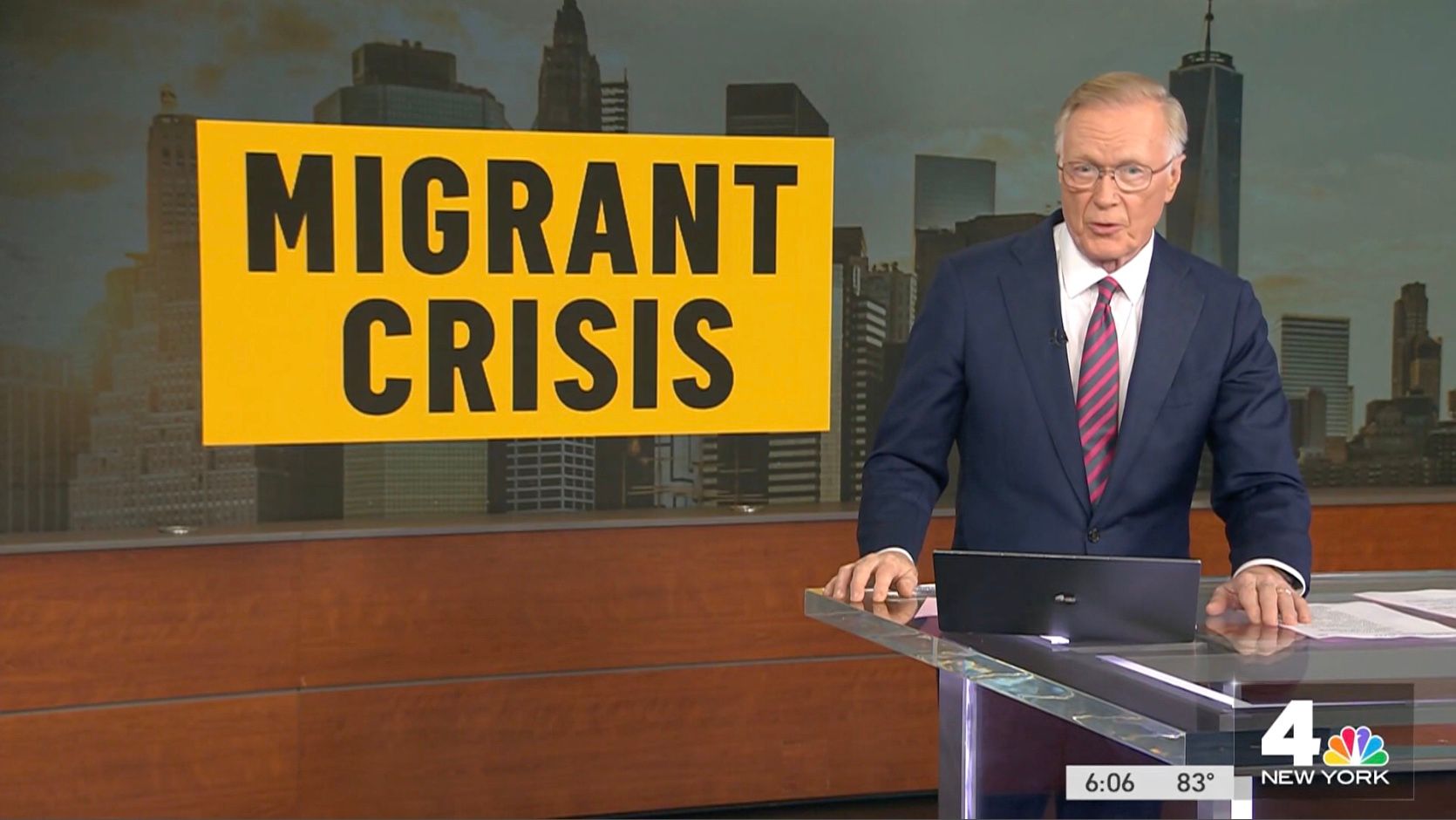Migration is about migrants
In praise of news organizations that understand whose "crisis" to focus on.

Mayor Eric Adams said last week that continued migration by asylum-seekers "will destroy New York City." He warned, "The city we knew, we're about to lose."
I was already dismayed by the Adams administration's posture toward migrants seeking shelter in the city, but his comments at a community meeting were on a whole new level of xenophobia. "One time, we were just getting Venezuela," he said. "Now we're getting Ecuador, now we're getting Russian speakers coming through Mexico, now we're getting western Africa. Now we're getting, people from all over the globe have made their minds up that they are going to come through the southern part of the border and come into New York City."
Adams continued, "So as you ask me a question about migrants, tell me what role you played. How many of you organized to stop what they're doing to us? How many of you were part of the movement to say, 'We're seeing what this mayor is trying to do. And they're destroying New York City.'"
The comments attracted plenty of condemnation but were defended over the weekend by one of his predecessors, Michael Bloomberg, who wrote, "Critics who have latched onto Mayor Adams’s recent comments that the crisis will 'destroy' the city seem more concerned with his words—spoken in understandable frustration with Washington—than with the problem itself."
But his words are the problem.
In the mayor's framing, migration is a force primarily affecting him and his constituents. In reality, what's happening is happening to migrants. They are the ones who have been driven from their homelands, arrested, processed, relocated, turned away. And, of course, migrants in New York are residents of the city like anyone else. There is no separating them except to make a cruel rhetorical point.
"It's going to come to your neighborhoods," Adams said at the community meeting last week. It? Never mind that the city has already opened migrant shelters all over, including several on the Upper West Side, where Adams was speaking. "It," per the mayor, is not people in need but an amorphous problem that has beset the city. Combining a third-person pronoun and the passive voice, Adams renders himself a powerless victim and dehumanizes a fundamentally humanitarian issue.

We already knew that Adams is an egomaniac with no vision for the city beyond being the one to lead it. I'm dwelling on his language because it reflects a worldview that shows up less obviously, but even more perniciously, in news coverage of migration (all around the world, but let's stay focused on New York). The "migrant crisis," in journalistic parlance, is not a crisis experienced by migrants seeking shelter but by a city without enough beds, services, or empathy.

The worst offenders are local TV stations and the New York Post, which cover the "crisis" almost entirely from the perspective of businesses, politicians, schools, and taxpayers inconvenienced by the need to provide the city's new residents with housing. The Post writes about migration constantly (91 articles in the first 12 days of September), covering every angle the paper is capable of conceiving, but it rarely quotes any actual asylum-seekers experiencing homelessness. When a migrant is named, it's usually because they've been arrested for a crime.
Even reading coverage of migration in publications more reputable than the Post, it's striking how often the story is still about institutions or politics, and how infrequently the story features any migrants. The default for most news organizations is to focus on their presumed audience and the institutions that serve them. Everything and everyone else is an outside force.
The institutional bias found in most journalism is all the more apparent because of some notable, truly excellent exceptions that give me hope for a more inclusive, empathetic, and accurate form of journalism:
- The City, a non-profit newsroom launched in 2019, provides the most interesting and comprehensive coverage of migration in New York. It covers institutions, too, but puts most of its energy into telling the stories of migrants, often translating from Spanish. The City's articles, particularly those by Gwynne Hogan, are so much richer and informative as a result.
- Gothamist, which is part of WNYC, has also distinguished itself by including the voices of migrants in its coverage. The work of Elizabeth Kim, in particular, impressively weaves together city politics and the people affected by political decisions. Her beat, notably, is not City Hall but "mayoral power."
- Documented, another non-profit newsroom, not only reports on the experience of migrants, it writes for them, too. Its assumed audience is immigrants in New York (not just asylum-seekers). As such, Documented regularly publishes articles in Mandarin, Spanish, and Haitian Creole. It puts a lot of energy into resources, not just articles, and staffs a helpline of sorts on WhatsApp.
At the meeting last week, Adams lamented New York's not-in-my-backyard attitude toward migrants: "Staten Island is saying, send them out to Manhattan. Manhattan is saying, send them out to Queens. Queens is saying, send them out to Brooklyn." How about "them," what are they saying? I'm glad that at least some news organizations have the courage and curiosity to ask.
Read more from Zach
Sign up to receive occasional emails with new posts.

